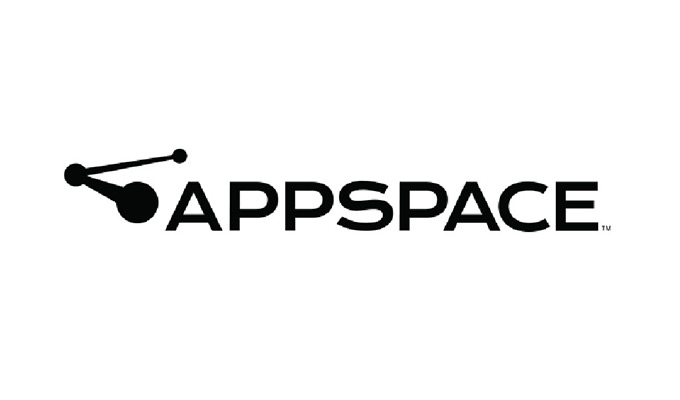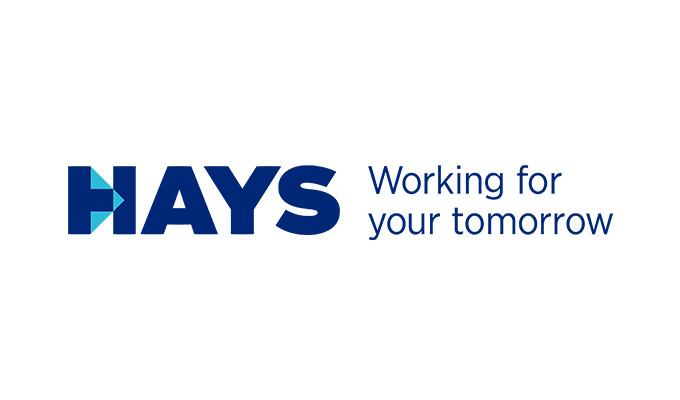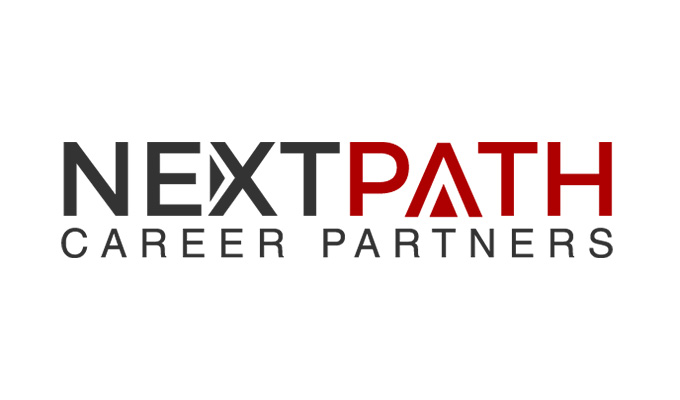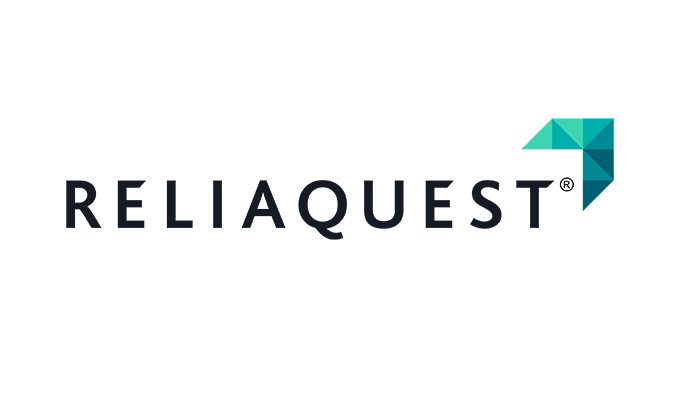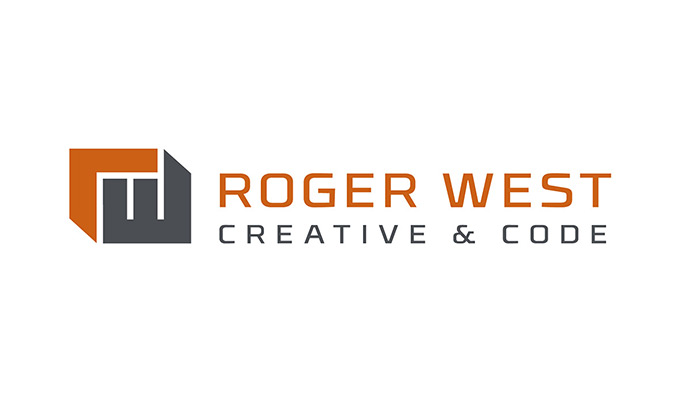Big Thoughts
How to Set Goals that Bring Out the Best in Yourself
Joseph Campbell, a university professor and author, loved stories. He dug deeply into their meanings and found universal truths that shaped his life’s work in the field of comparative mythology.
One of the guiding lessons Campbell gave his students and readers was to “follow your bliss.” He defined “your bliss” as a subject, profession or activity that sparks your enthusiasm.
Campbell’s “bliss” was to uncover shared patterns in the myths and religions of the world. It started for him as a boy, during a visit to the American Museum of Natural History in New York City. The exhibits ignited a passion that drove him throughout his life.
Following his bliss helped Campbell set his long-term goal – a life spent learning, teaching and writing about mythology. Once he identified the source of his enthusiasm, he used that knowledge to establish short-term goals that would guide him along his chosen path.
The same principle applies to students and professionals.
No one is too young to begin to figure out what subjects and activities spark enthusiasm. No one ever reaches a stage in life when the adventure of self-discovery is complete.
Here are a few tips to help you set goals that allow you to bring out the best in yourself.
For Students: Creating Your Goal Map
In middle school and high school, students are beginning to explore their interests and discover their talents. As they do so, they are expected to meet a lot of different goals. Academic goals, healthy eating goals, social goals, exercise goals, community goals – it’s a lot to track!
For the most part, these goals are set for you by someone else. Their purpose is to help you understand society and your role in it. They also expose you to new experiences that can inspire you to set personal goals that are born from your own enthusiasm.
Setting goals is an aspirational exercise, a way to bring meaning and purpose to act of chasing dreams. There is no set path to follow, but that’s exciting: You get to make your own goal map.
How will you begin? Here is a goal-setting game plan to help you get started:
- Brainstorm – Think about what you want to accomplish. Tie in your interests and talents. What excites you? What are you good at? Write down all your ideas as they occur to you. Nothing is off limits. Let your imagination soar.
- Categorize your list – Separate the ideas on your list by category: school, home, work, hobbies, social, or other categories that are important to you. The categories can be as broad or as narrow as you want. Remember, these are your ideas. Own them.
- Prioritize your list – Now it’s time to transform your ideas into goals. You’re going to make a new, more-specific list. Does one idea interest you more than the others? Is it something you know you’re good at? Is it something you’d like to learn more about? Write it at the top of your new list. This is your Big Goal (you can have many more than one Big Goal). Now, fill in the space underneath with the rest of your goals.
- Organize your list – Determine out how soon each goal can or should be accomplished. Assign each goal a place on a timeline: short-term, medium-term, long-term. Group your goals by category and organize them by their locations on your timeline. Refer to this list often to keep track of your progress. Revise the list as often as you like.
Writing down your goals makes them real. Organizing them by category and timeline helps you understand how your goals are related. Understanding how they are related, how one achievement unlocks multiple new goals, allows you to create your goal map.
With your own personal goal map in hand, you’re ready to tackle the road ahead. You’re ready to follow your bliss.
Personal Goals & Volunteering
Just as students can use goal setting as a path to self-discovery, established professionals can use the self-knowledge they have accrued over the years to set goals that foster personal growth.
According to the professional development publication, Mindtools, setting goals is an excellent way to measure your competence, to organize your time, and to help focus the knowledge you’ve gained during your lifetime.
If one of your goals is to help kids find their way in the world, volunteering with Think Big for Kids might be right for you. Middle schoolers and high schoolers at Boys & Girls Clubs are eager to learn and welcome the guidance of an experienced hand.
The mission of Think Big for Kids is built on three pillars: career exploration, mentoring and job readiness/placement. The organization provides volunteer opportunities such as:
- Workshop presentations – Help middle school kids develop skills with a focus on teamwork, collaboration, problem solving and financial literacy. Help high schoolers develop job-readiness skills.
- Mentoring – Help students identify skillsets, understand career options, select courses, stay on track and develop a career plan.
- Career showcases – Companies hold a one-hour, hands-on activity for 6th-8th graders to gain a better idea of the work the company does.
If you’re ready to include Think Big for Kids in your plans for 2021, we’d love to talk! Contact us to learn more about our mission and to explore volunteer opportunities.


